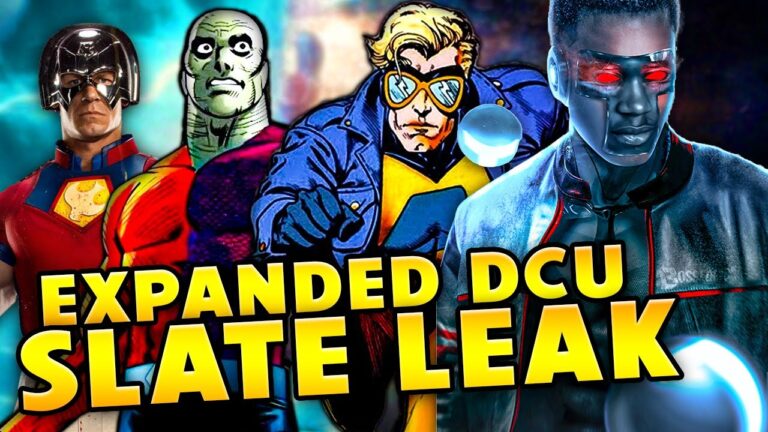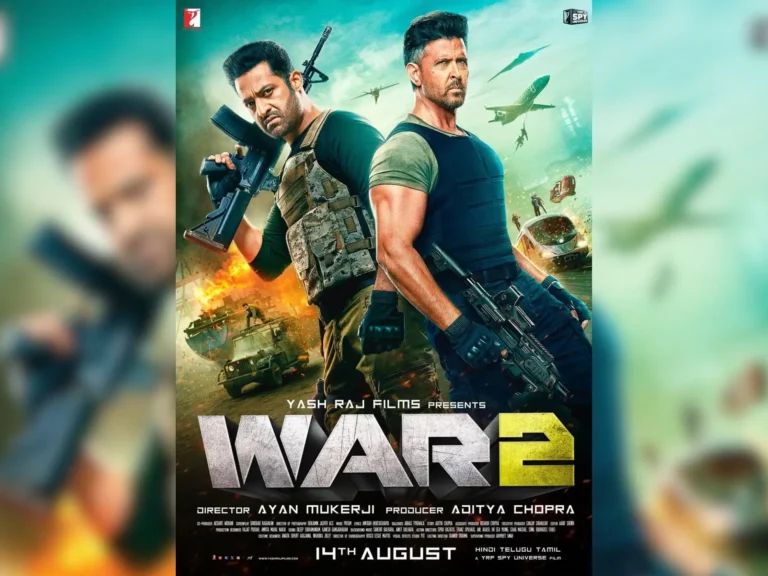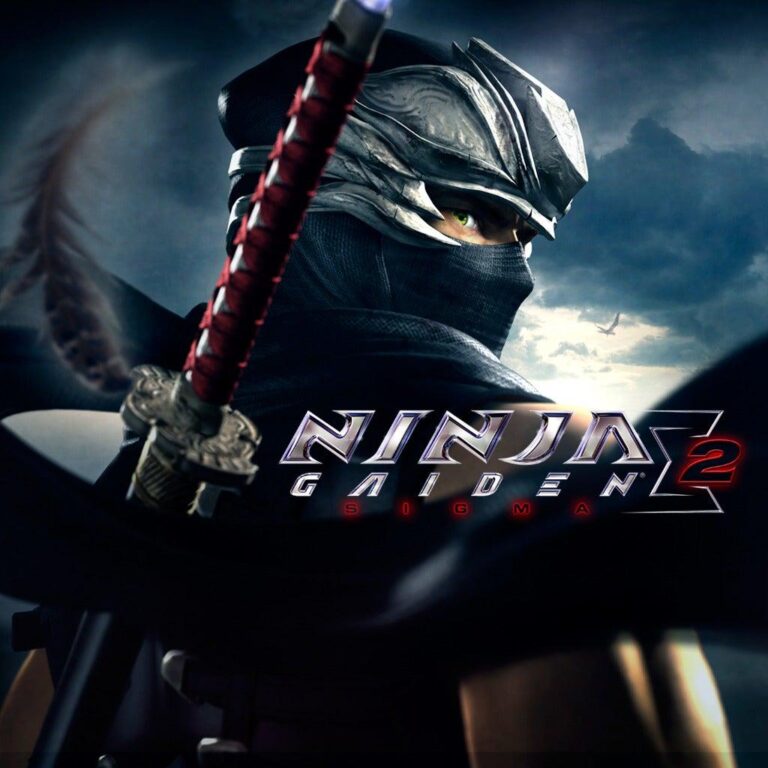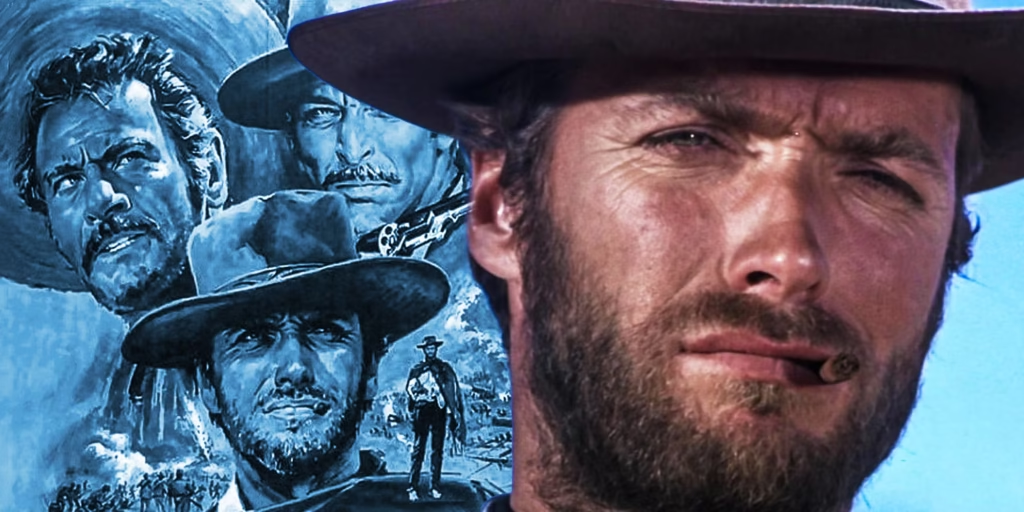
The Good, The Bad, and The Ugly: A No-Holds-Barred Review2025
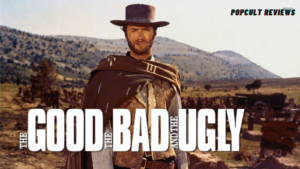
When it comes to the “Good” in The Good, The Bad and The Ugly, let’s not beat around the tumbleweed — this film is a masterpiece. Sergio Leone didn’t just direct a Western; he orchestrated a visual opera of grit, greed, and gunsmoke.
From the very first frame, Ennio Morricone’s now-iconic score grabs you by the collar and drags you into the blistering heart of the Old West. That haunting, howling theme? Instantly recognizable. Timeless. It doesn’t just set the tone — it is the tone.
Mary Kom
The Good
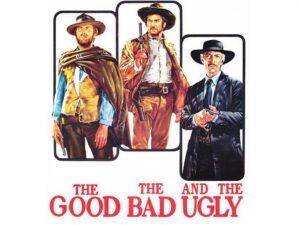
Let’s start where it deserves: Clint Eastwood. Cool as desert shade. His character, Blondie (a.k.a. “The Good”), barely speaks, but when he does, it’s with enough quiet steel to shut down a stampede. He’s the antihero prototype — calm, deadly, a moral compass buried under layers of dust and indifference. And yet, you root for him, because he’s the only one who even pretends to play fair.
Ennio Morricone’s score? Absolute legend status. That haunting, howling theme doesn’t just set the mood — it becomes the mood. It’s lonely. It’s dangerous. It’s epic. It’s the sound of the West, if the West were a fever dream full of buried gold and slow, simmering standoffs.
Leone’s direction is all wide shots and tighter-than-tight close-ups. He paints the desert like it’s the last place on Earth, a no-man’s land where morality is optional and survival is everything. It’s art that smells like sweat and gunpowder.
The Bad
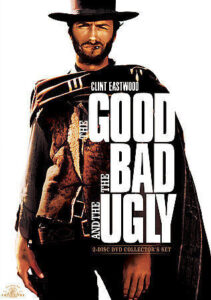
Now, “Bad” is a relative term here — but for the sake of the title, let’s talk Lee Van Cleef’s “Angel Eyes.” Cold. Precise. Evil with a side of gentleman. He’s the kind of villain who’ll tip his hat before he shoots you in the gut. And that’s what makes him terrifying — he doesn’t enjoy killing. He’s just very, very good at it.
The pacing? Okay, if we’re nitpicking, yes — it’s slow. Glacial, even, in some scenes. Leone doesn’t rush. He marinates. And in today’s quick-cut, ADHD-riddled cinema landscape, that can feel… well, a little dusty. But trust the process. Every long pause, every stare-down, every silence says more than pages of dialogue ever could.
Also, the dubbing. It’s 1960s spaghetti Western standard, but sometimes the English voices don’t quite sync with the Italian lips. It’s charming in its own way, like a vintage glitch. But if you’re a stickler, yeah, it might bug you.
The Ugly
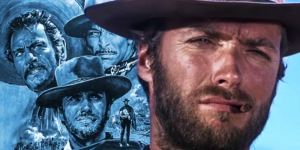
Eli Wallach’s Tuco — the “Ugly” in every sense. Morally, physically, emotionally. But also? The soul of the movie. Tuco is a rat, a cheat, a liar, and yet somehow the most human of the trio. Wallach plays him with a manic energy that jumps off the screen. One minute you’re laughing, the next you’re recoiling, and then suddenly, you’re sympathizing.
His “I’m ugly, but I’m alive” attitude perfectly sums up the movie’s worldview: In the Wild West, honor is for suckers and survival is its own kind of justice.
Let’s be real — this movie doesn’t have heroes. It has survivors. And that’s why it still slaps nearly 60 years later.
Final Verdict
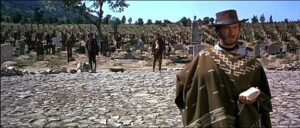
The Good, the Bad and the Ugly isn’t just a Western — it’s the Western. It broke the rules, rewrote the playbook, and gave us the stare-downs, the antiheroes, and the unforgettable music that defined a genre.
Yeah, it’s long. Yeah, it’s weirdly poetic in parts. But that’s the charm. It’s a film that dares you to be patient — and then rewards you with one of the most iconic final scenes in cinematic history.
Then there’s the cinematography: wide, desolate landscapes framed like fine art, intercut with extreme close-ups that turn every squint and smirk into Shakespearean drama. Leone plays with silence like a symphony conductor, building tension with nothing but dust and a stare.
And let’s talk Clint Eastwood. As Blondie, he embodies the “man with no name” archetype with a minimalist swagger that’s somehow more expressive than a dozen monologues. Cool doesn’t even begin to cover it.
This film elevated the Western genre from Saturday matinee pulp to high art. It’s bold, it’s brutal, and it’s beautiful.
dpvnation
